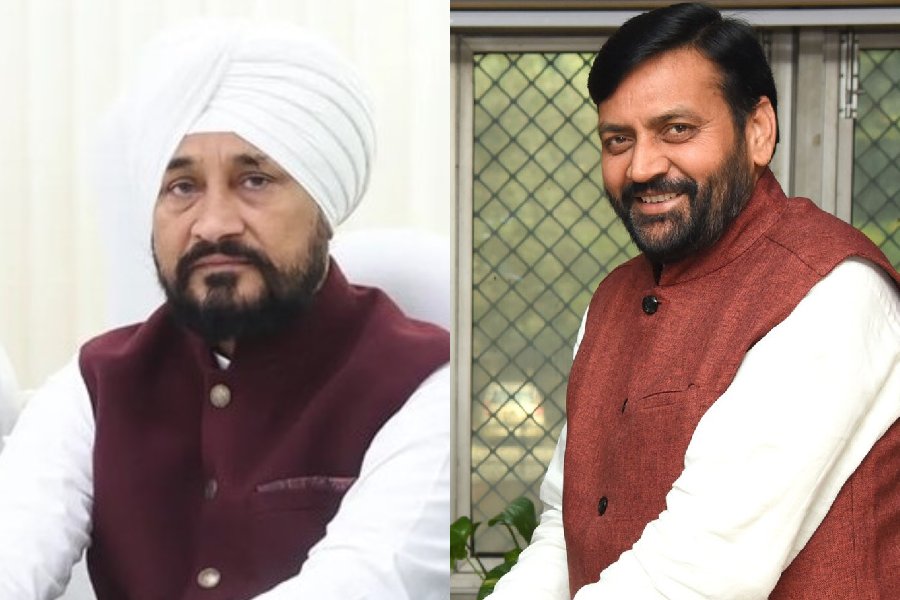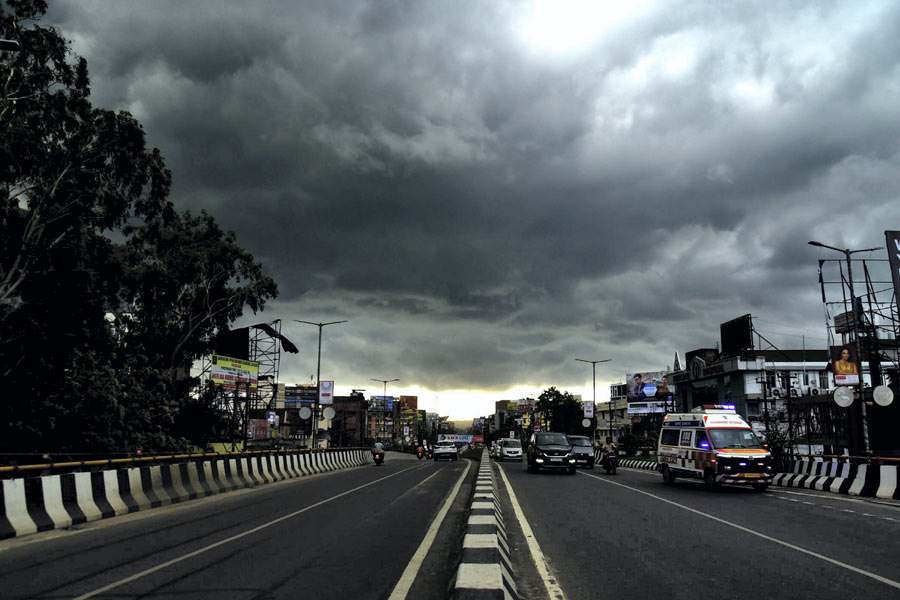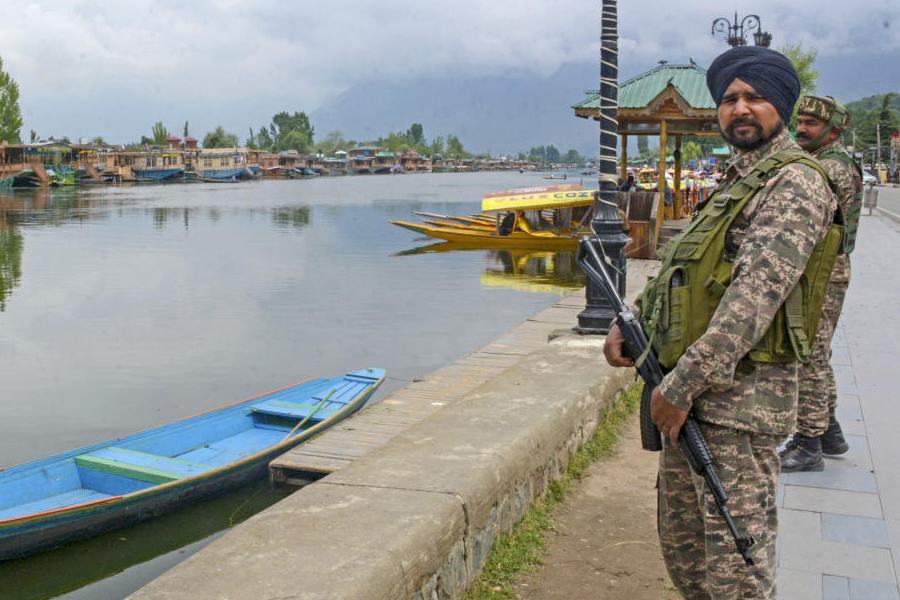 |
Chaman Lal Bhola. Bhupesh Pande. Deepak Panda. Parveen Sharma. Netaji Chinam Patro. Piyush Agrawal. Rachit Pandey. Seven names that probably do not mean anything to anybody except those closely associated with them. These Maruti engineers are only seven of about 20 odd men who visited Suzuki Motors in Japan for just one reason: to get better acquainted with the adaptation of the new Suzuki Swift that was launched on May 25 in India.
The Swift is a very important car for Maruti. It is almost as important as the launch of the first Maruti 800 (the Alto FX) back in 1983. Then, Maruti succeeded in bringing about a revolution in Indian automotive standards. The company is hoping to do the same once again. The battlefield however, has undergone a sea change since the days of the rudimentary, almost primitive-in-comparison cars in 1983. It?s more of a level playing field now and expectations have risen ? so it may be a little more difficult for Maruti to have the same effect today that it did over 20 years ago.
The Suzuki Swift is built on a completely new platform and the thought processes dictating its design are very different. One aspect is immediately obvious ? the Europeanness of the exterior styling. Obviously Suzuki, like Hyundai and the Getz, is targeting Europe. And India of course, gets to benefit from it. The Swift is 3,695mm long, 1,690mm wide and 1,530mm tall. The wheelbase is 2,390mm while the ground clearance is 170mm.
The front end has a very clean look to it largely due to the wide, sporty airdam. The wrap-around headlights attract attention as does the honeycomb grille between them. Look at the car in profile and one realises that it?s a very slab-sided look thanks to the high belt-line and bold wheel arches. But it?s not out of proportion. It gives the car a feeling of solidity. This view also reveals the bonnet line tapering away sharply towards the front, and a hint of a bulge at the rear that gives the Swift a slightly rounded look. The rear is dominated by the huge wraparound taillights, the like of which is not usually seen in a car of this size. The panel gaps are very small, adding to the sense of solidity. Overall, the styling is solid, bold and in-your-face. Now, when was the last time a Maruti product was called all of this? Never.
Inside the Swift, it?s a different story again. The three-spoke steering wheel, the spherical gear lever knob and the illuminated ring around the speedometer point towards a sporty image. Especially the tachometer which goes back to Suzuki?s sportsbike heritage, with the ?0? mark at the six ?clock position.
The seats are upholstered in smart black, which blends in with the rest of the cabin. However, the driver?s seat could do with a little more lateral support especially for those spirited moments. The front seats move fore and aft easily and have 240mm of travel space. But with two tall persons in front and the seats pushed back fully, the Swift becomes a two plus two. The rear seat legroom becomes practically non-existent and the seat becomes good for kids only. Again a very European trait because there, the owner is usually the driver.
Similarly, luggage capacity depends upon the position of the rear seat back. Upright, the capacity is 232litres but with the backrest down, the volume becomes 368litres, though the car is now effectively a two-seater.
The Swift is available abroad with a number of engine choices ? two petrols (1.3 and 1.5litres) and a small diesel unit. The Indian Swift uses the block of the 1,298cc Esteem engine but this has been worked upon intensively. In the Swift, it not only sports a 16-valve head but also has revised ECU mapping and better engine breathing via a revised air intake manifold and air cleaner. This works in conjunction with a low back pressure exhaust system. The engine develops 87bhp of power at 6,000rpm and 113Nm of torque at 4,500 rpm.
Leaving the technical details aside for a moment, though, let?s consider the actual driving. Just how good is it to drive? Very good, actually. With the AC on ? it?s a climate control system in the Zxi, which is what I test drove ? the engine has no problems with either full acceleration or trundling along at 60kmph. The gear shift has a short throw and has a positive action through the gate.
Of course, its more fun doing full revs and 140kmph was easily achieved before one ran out of road and had to hit the brakes and change down to scrub off speed before turning into a sharp left hand bend. Even here, the Swift showed minimal body roll and hugged the inside of the bend all through despite a lot of screeching from the 185/70 R14 tubeless Vectra tyres from JK. Through potholes and over speedbreakers too, the Swift maintained its composure.
The Zxi version comes with twin front airbags, ABS brakes with EBD support and brake assist. The Lxi is the poor man?s basic version and actually comes minus ABS, EBD, airbags and the LHS door mirror. Maruti obviously believes driving mirrors to be a luxury rather than a necessity. The Lxi also has narrower 165/80 R14 tyres. Power steering is standard through the range, as are features like a heater, halogen headlamps and a headlamp leveller.
Prices have not been announced as yet but it is expected that the entry-level Swift will be priced similarly to the Hyundai Getz.
Easy listening
 |
Chaitali Dasgupta
newsreader/designer
I rarely get a chance to listen to music at home as most of the days pass by in a blur of activity. Also, it’s not always possible to listen to music early in the morning or late at night. That’s why whenever I’m in the car, moving from one appointment to another, I always ensure that my car stereo is turned up loud.
What’s my kind of music? Well, I’m a die-hard Harry Belafonte fan, and have most of his albums crammed into the glove compartment of my Indica V2. I also listen to quite a bit of Rabindrasangeet and Debabrato Biswas is one of my favourite Rabindrasangeet singers. Given that I like fast-paced and peppy music while in the car, I also lean towards the music of the Bangla bands. Currently I have Chandrabindoo’s album in my car as also that of Dohar’s, a very talented folk band.
And of course, if and when I tire of the CDs in the car, I always switch on and listen to good old FM











